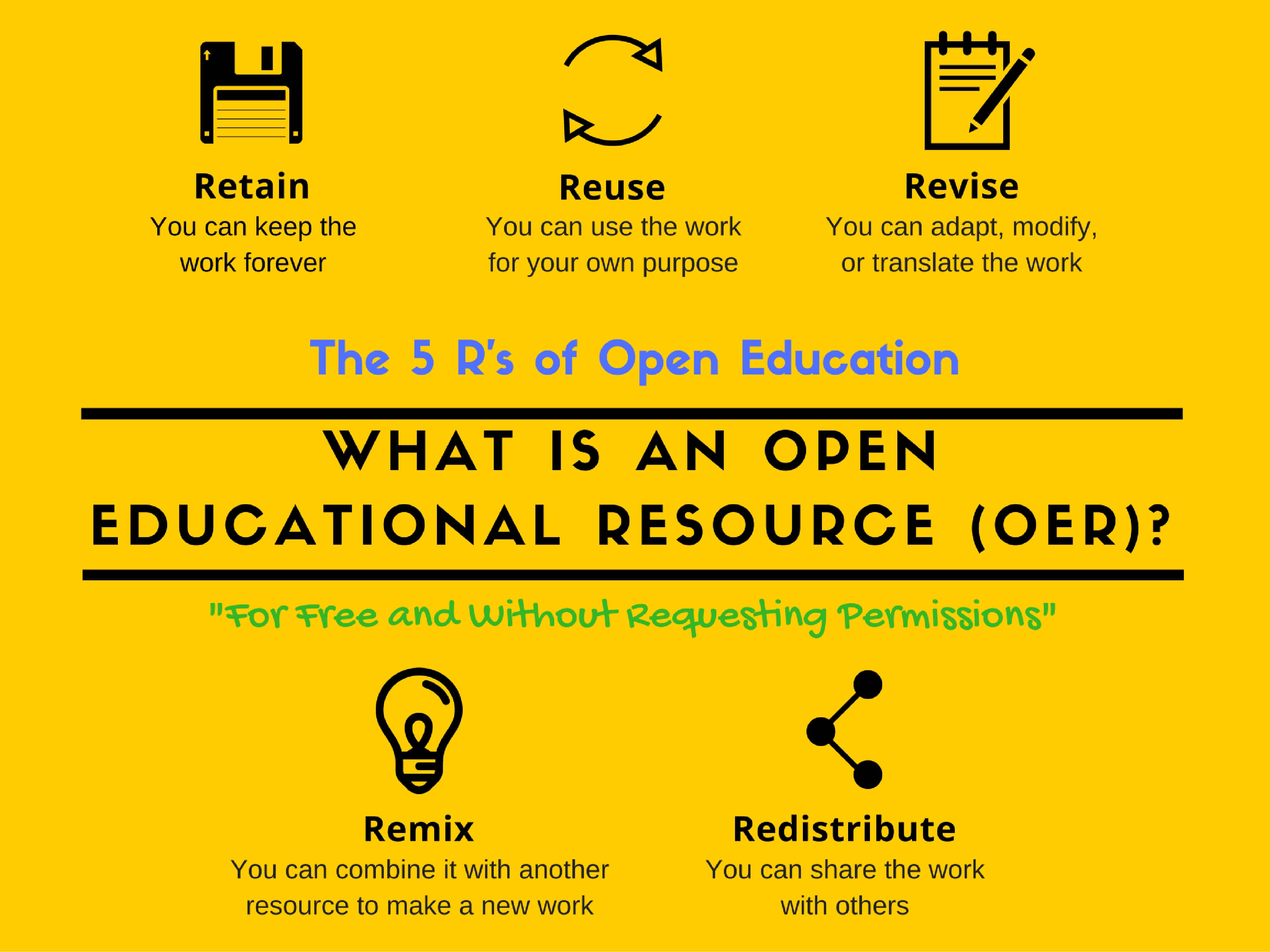
General Help
Library Staff
ZTC - "Zero Textbook Cost;" students are not required to pay any textbook or instructional material costs. Zero textbook cost materials may include open educational resources, library-provided resources, no course materials, departmental loans, or other resources that are entirely free to the students.
LTC - "Low Textbook Cost;" the total cost of all instructional materials for a single course, not by credit hour, is $20 or under.
OER - "Open Educational Resources;" high-quality teaching, learning, and research resources that reside in the public domain or have been released under an intellectual property license that permits free use and repurposing my others. OER may include, but are not limited to, openly-licensed and open source textbooks, slide presentations, interactive content, simulations, homework systems, lectures, videos, exams, software, images, diagrams, modules, websites, and other publisher- or instructor-created educational materials.
(Note: These definitions come from the CCHE's Guidelines for informing students of OER or low-cost materials at course registration, adopted October 16, 2025.)
The 5 Rs of OER point out the different activities users are permitted to do with OER:
(Source: Wiley, David. "Defining the 'Open' in Open Content and Open Educational Resources." Open Content blog, 2014. http://opencontent.org/ definition/)

Image Source: Fort Hays State University, https://www.fhsu.edu/oer/

Textbook and classroom material costs have risen dramatically in recent years, creating a financial burden to students, instructors, and institutions everywhere.
High textbook costs have resulted in:²
66% of students not purchasing course materials
20% of students who fail college courses are due to the cost of textbooks & class materials
25% of students working extra hours to pay for course materials
11% of students not eating meals due to materials costs
17% of students skip purchasing access codes needed to complete homework³
Sources: